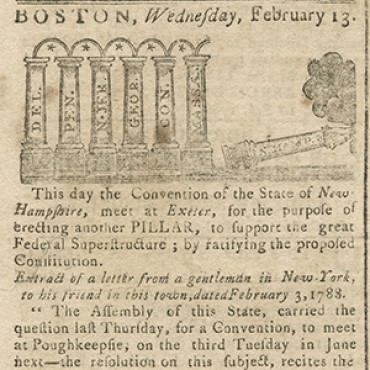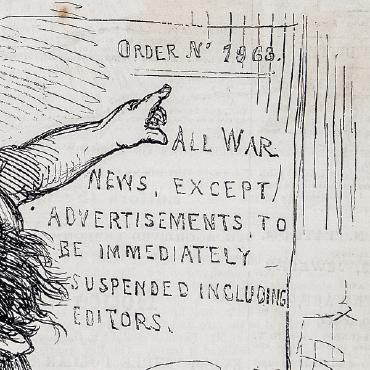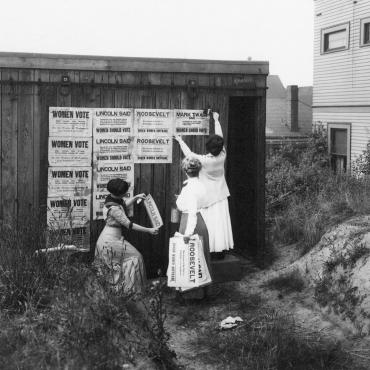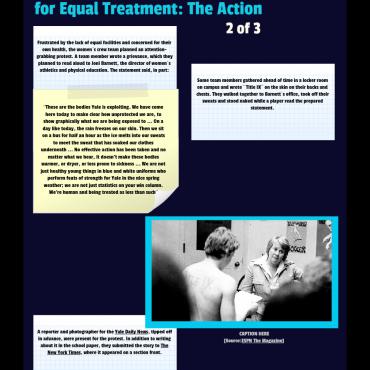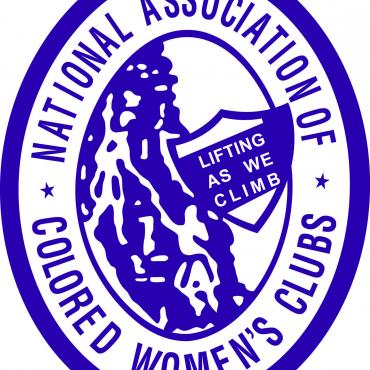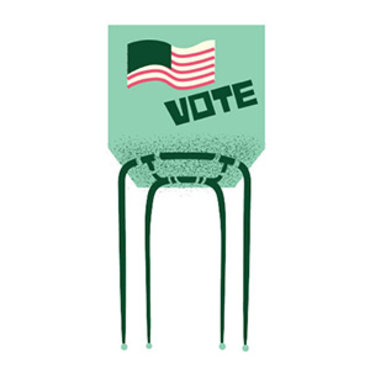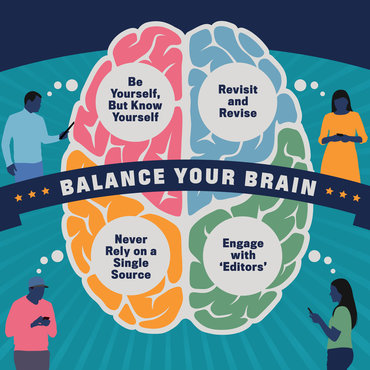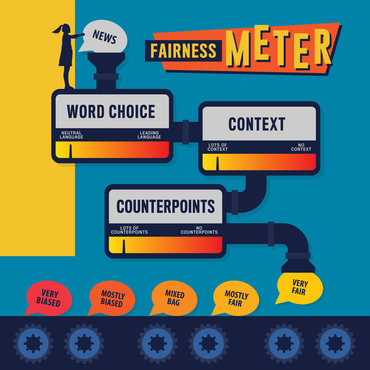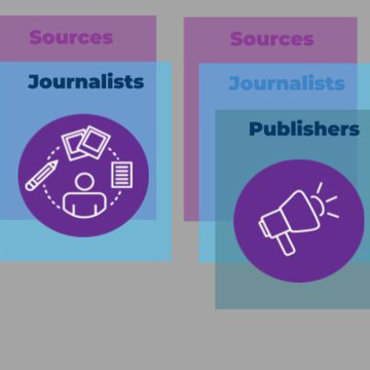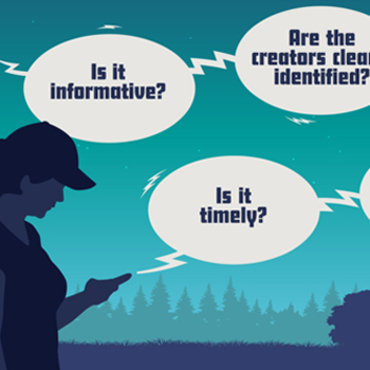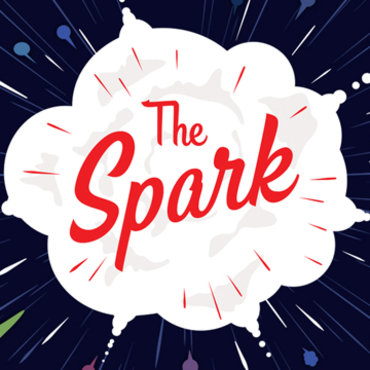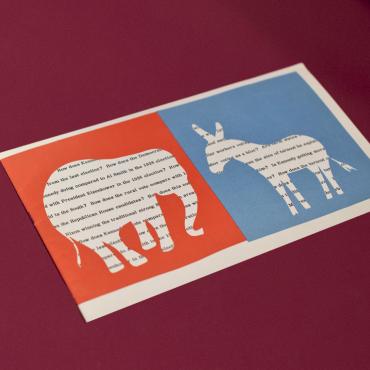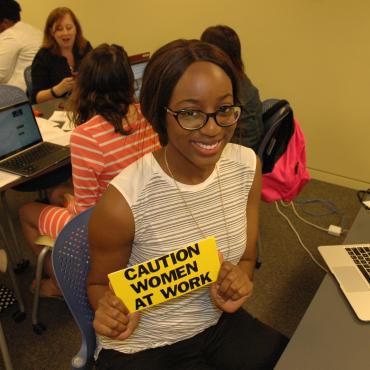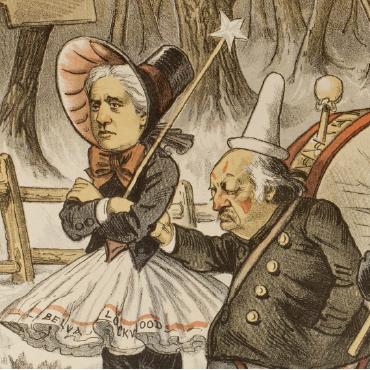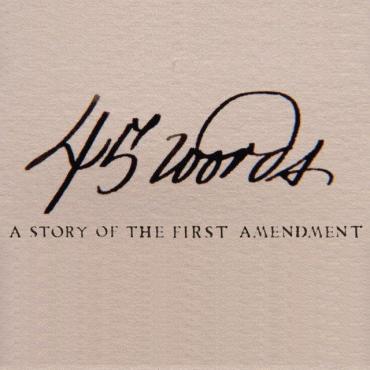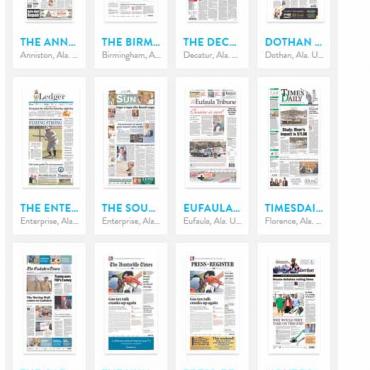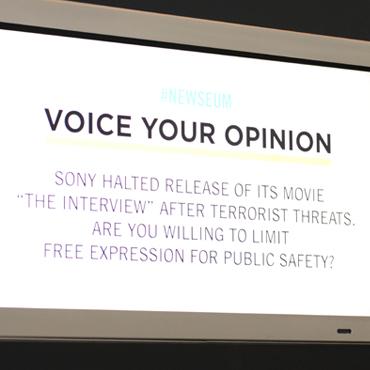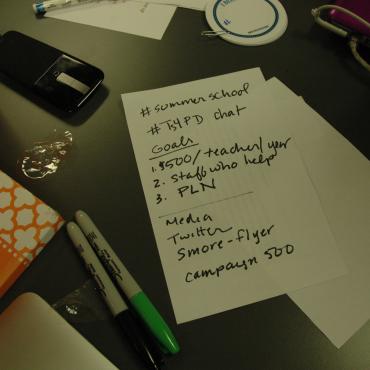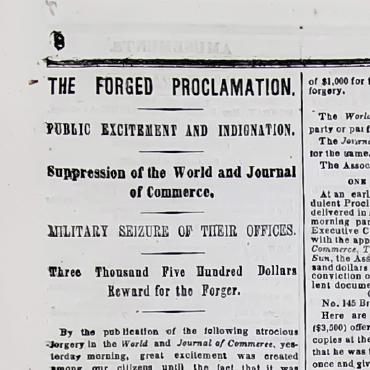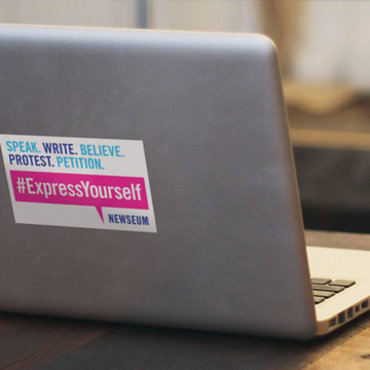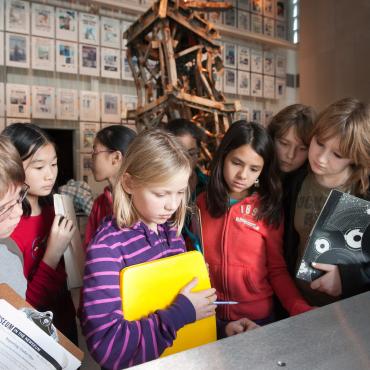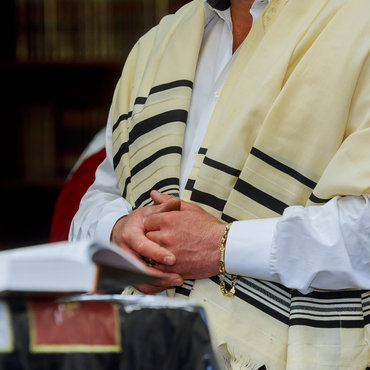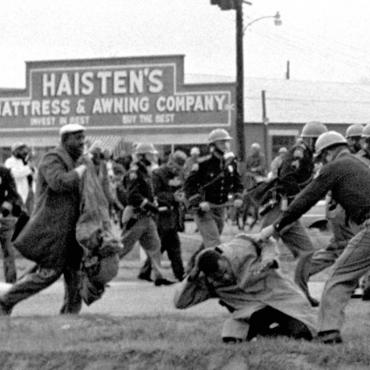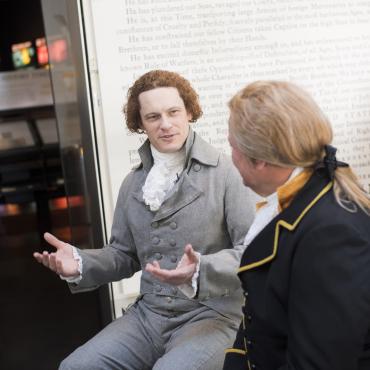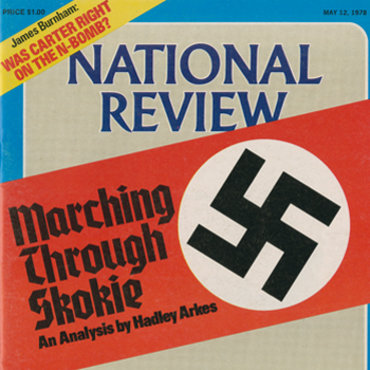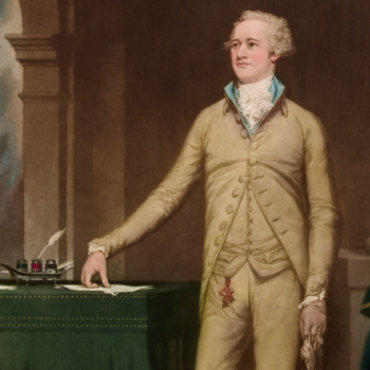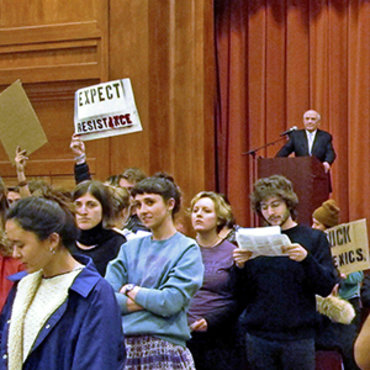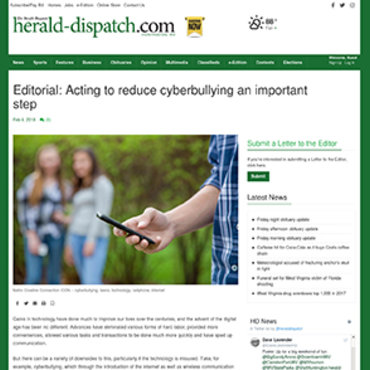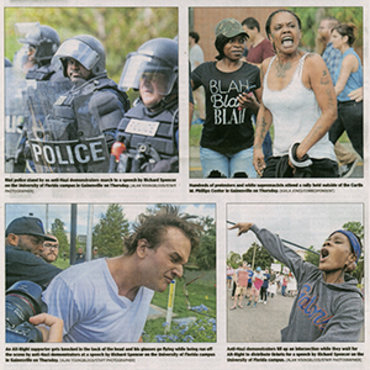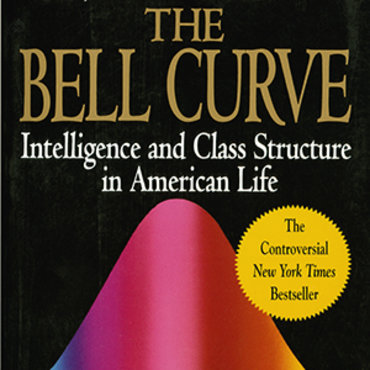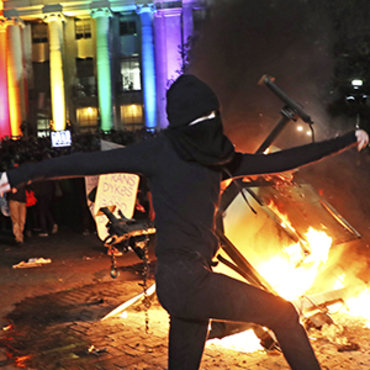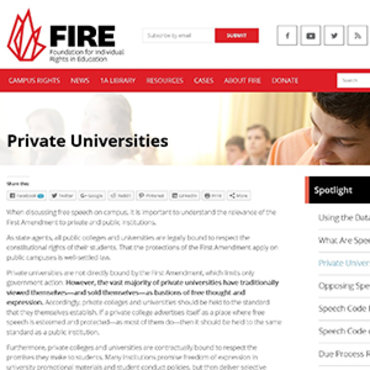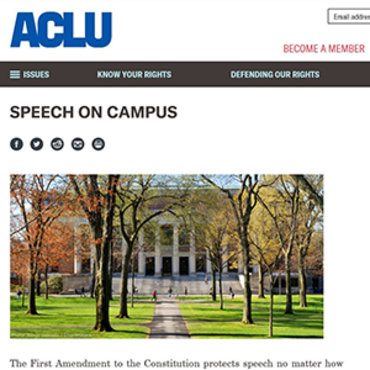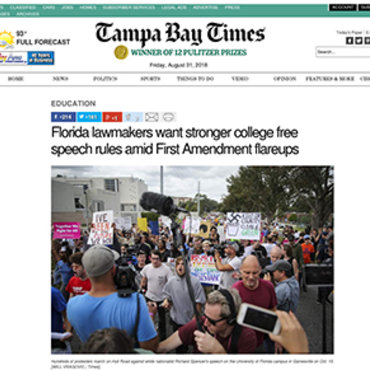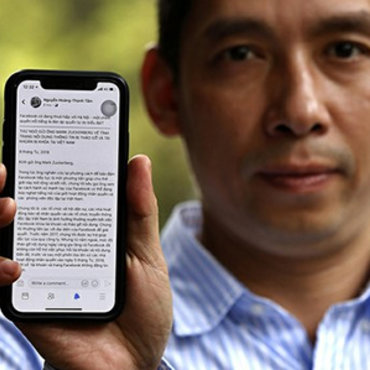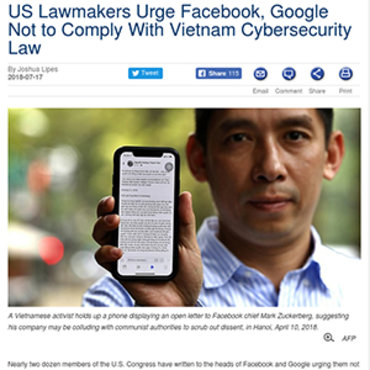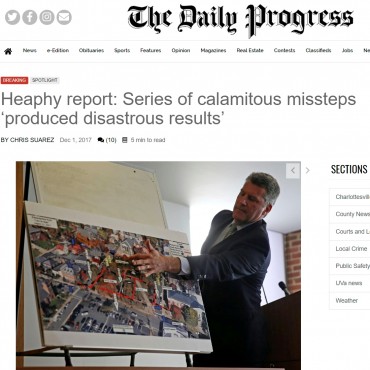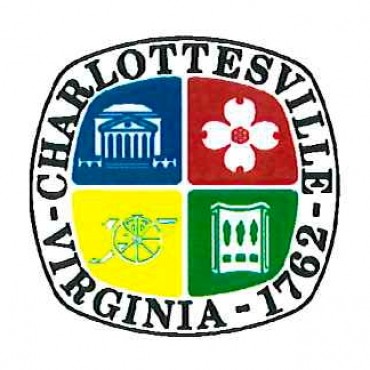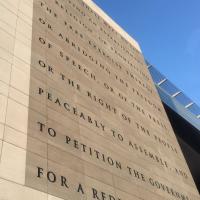
Lesson Plan
Battle for the Bill of Rights: Freedom Stations
This activity asks students to find examples of people using their First Amendment freedoms.
Get even more great free content!
This content contains copyrighted material that requires a free NewseumED account.
Registration is fast, easy, and comes with 100% free access to our vast collection of videos, artifacts, interactive content, and more.
Sign Up
?
NewseumED is provided as a free educational resource and contains copyrighted material. Registration is required for full access. Signing up is simple and free.
With a free NewseumED account, you can:
- Watch timely and informative videos
- Access expertly crafted lesson plans
- Download an array of classroom resources
- and much more!
Duration
30-60 minutes
Topic(s)
- Constitution
- Current Events
Grade(s)
- 3-8
- Create five “freedom stations” and place them in various locations around the room. Label each with one of the five freedoms of the First Amendment: religion, speech, press, assembly and petition.
- Read the First Amendment with the students and make sure they understand the freedoms.
- Distribute a Freedom Stations worksheet to each student. One-fifth of the students should have freedom of press, one-fifth freedom of speech, etc.
- Have students look for an example of their freedom in newspaper or magazine stories. They should cut it out, read it and complete the worksheet. Then, they attach the story to the worksheet.
- When done, have students gather with their freedom buddies at their corresponding “freedom station.” You will now have five groups of students – one for each of the freedoms.
- Students should look at all the examples in their group, evaluate them and write a summary of the various ways that freedom is exercised.
- Each group should present its findings to the class.
- First Amendment Basics handout
- Freedom Stations worksheet (download). Each student will get just one page/freedom.
- Newspapers and/or newsmagazines
- Scissors, glue or stapler, pens/pencils, paper
- Which freedom was the easiest to find examples of? Which was the hardest? Why do you think that was?
- How do the students use the freedoms in their daily lives?
- Can they see themselves using the freedom in the way demonstrated in their stories?
- Which freedom do they think is most important/valuable? (Note: See the activity Introduction to the First Amendment: Would You Fight for All Five? for a knockout-type game to come up with a No. 1.)
-
Common Core State Standards: CCSS.ELA-LITERACY.CCRA.R.2
Determine central ideas or themes of a text and analyze their development; summarize the key supporting details and ideas. -
Common Core State Standards: CCSS.ELA-LITERACY.CCRA.SL.4
Present information such that listeners can follow the line of reasoning and the organization, development, and style are appropriate to task, purpose, and audience.
-
National Council of Teachers of English: NCTE.7
Students conduct research on issues and interests by generating ideas and questions, and by posing problems. They gather, evaluate, and synthesize data from a variety of sources (e.g., print and non-print texts, artifacts, people) to communicate their discoveries in ways that suit their purpose and audience.
